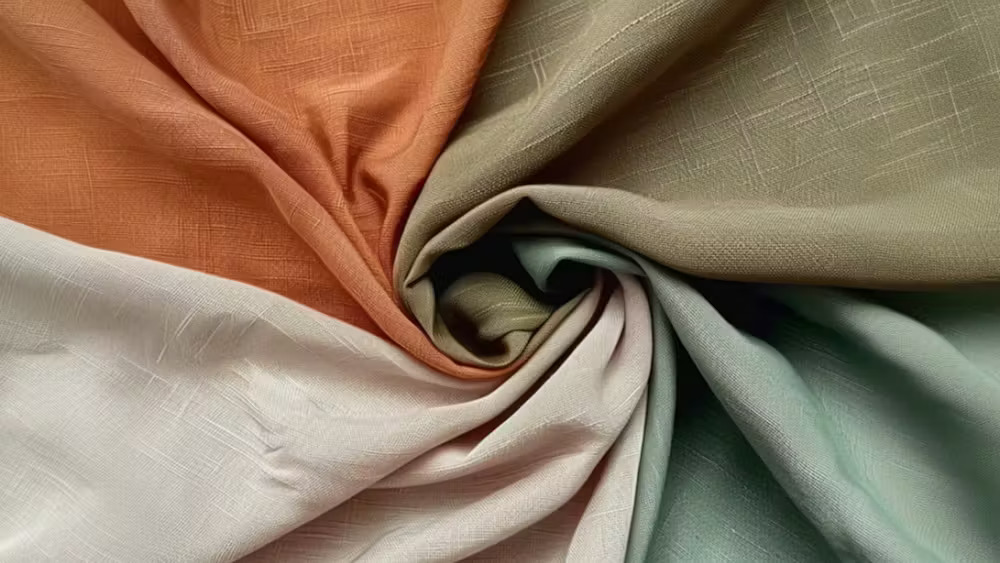
The landslide victory and return of Donald Trump to the US presidency presents both opportunities and challenges for India's textile and apparel industry, largely hinging on trade policies, tariffs, and the US-China dynamic. What does a new Trump administration mean for this sector, a look.
Trade and tariffs
Trump has frequently criticized India's trade policies, labelling it the "biggest tariff charger" among US trade partners. He has proposed a policy of “reciprocity,” implying that if India continues to impose high tariffs on US goods, his administration might respond with similar tariffs on Indian exports, including textiles. However, some analysts believe this rhetoric may not lead to extreme changes, as India’s growing economic importance as a China-alternative keeps trade relations favorable.
Shifting US-China trade dynamics favor India
Trump’s stance on China could indirectly benefit India's textile and apparel sectors. Trump would likely continue to impose tariffs and restrictions on Chinese goods, which could lead US companies to source textiles from alternative markets like India. During his first term, such policies prompted many US companies to explore Indian suppliers for apparel and textiles to avoid tariffs on Chinese goods. This could increase demand for Indian products and solidify India as a viable supplier to the US market.During Trump’s first term, US-China tariffs motivated American companies to look at India for alternatives in sourcing, providing a significant boost to Indian apparel and textile exports. The industry saw higher interest from US buyers, seeking non-Chinese sources to avoid tariffs and supply chain disruptions. For example, major players in India’s textiles, cotton and apparel sector saw robust exports to the US as a result of Trump’s trade policies targeting China.
Impact on foreign direct investment
Increased protectionism in the US might push companies to diversify their supply chains and invest in countries with lower production costs. India, with its large and inexpensive labor pool, could attract US FDI in textile manufacturing. While Trump’s policies focus on reshoring USmanufacturing, many companies may find it economically viable to establish supply chains in India to offset costs associated with tariffs on Chinese goods. This shift could be advantageous for Indian textiles, positioning India as a key player in global supply chains.
Impacts of lower focus on renewable energy
Trump’s preference for fossil fuels over renewable energy could result in lower oil prices, which would benefit the energy-intensive textile industry in India. Lower energy costs could reduce manufacturing expenses for Indian textiles, making them more competitive internationally. However, this shift could also limit USIndia partnerships in sustainable energy, which some textile firms have been utilizing to meet global sustainability standards.
While Trump’s return could imply certain protective measures that may challenge India’s textile and apparel exports, the indirect benefits from his anti-China stance might create opportunities for Indian companies. Additionally, reduced energy prices could lower manufacturing costs, benefiting India’s cost-competitive market position. If these dynamics play out as anticipated, India’s textile industry could see both increased exports to the US and higher FDIs, as US companies look to diversify from China. For India to maximize benefits, diplomatic negotiations will be key to minimizing potential retaliatory tariffs while leveraging the openings created by global trade shifts.












